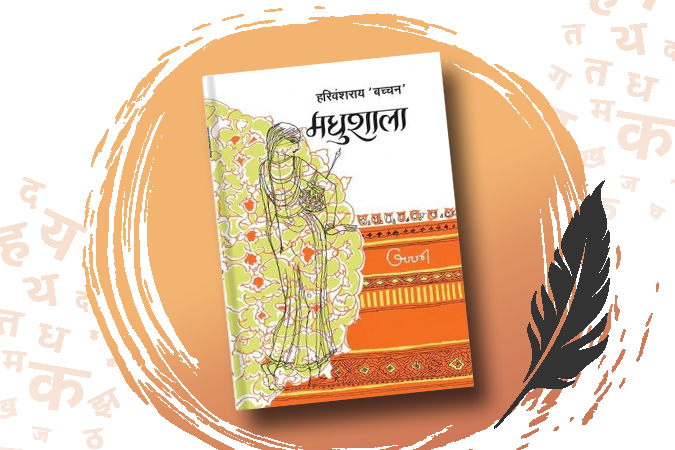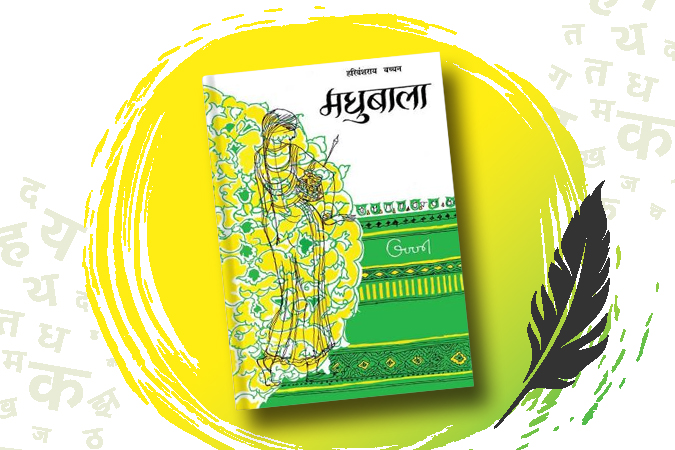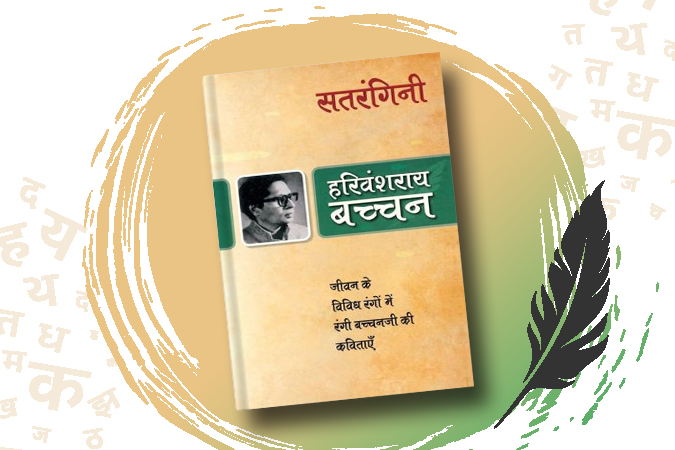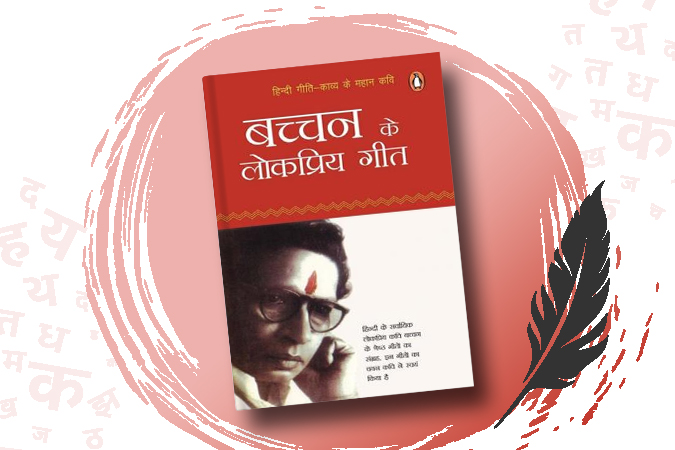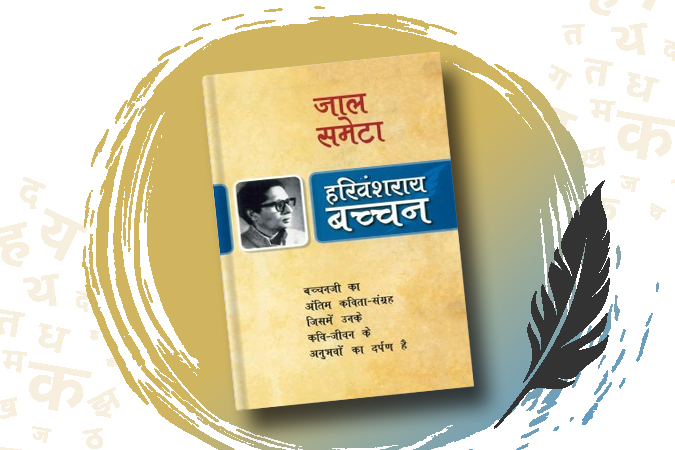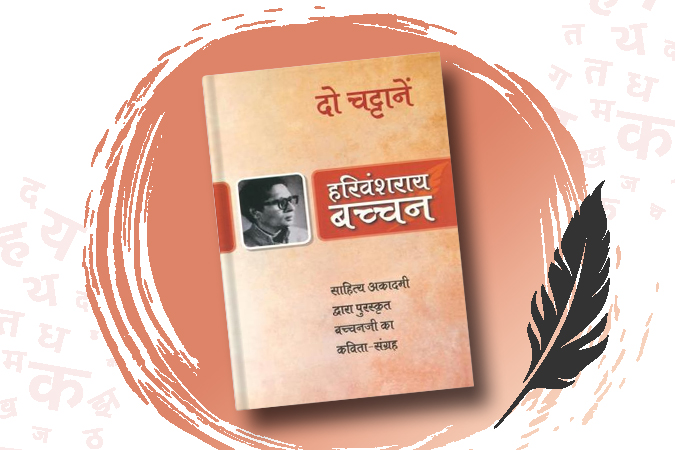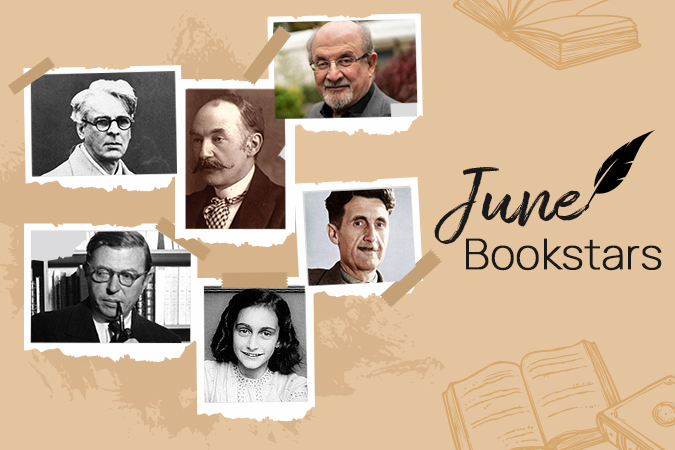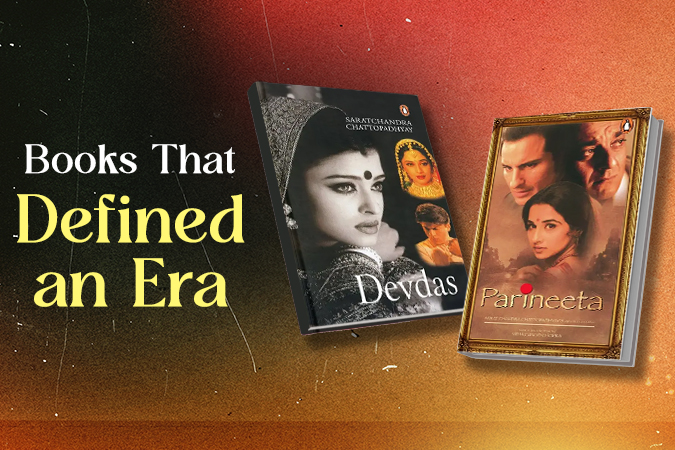The biography of the iconic poet who shaped Hindi literature
Harivansh Rai Bachchan is a name synonymous with Hindi literature, celebrated for his unique voice and depth in poetry. Most well-known for his thought-provoking work Madhushala, he played a pivotal role in enriching Hindi literature. Here we explore the life and contributions of the senior Bachchan, covering his early life, personal journey, significant works, and his impact on Indian literature.
Who Is Harivansh Rai Bachchan?
Harivansh Rai Bachchan was an eminent Indian poet and writer in the Hindi language. He is also the father of the legendary actor and Bollywood superstar Amitabh Bachchan. Known for his romantic and introspective style, his writings delved into human emotions, life’s struggles, and philosophical musings.
Personal Life – Early Life, Family, and Education
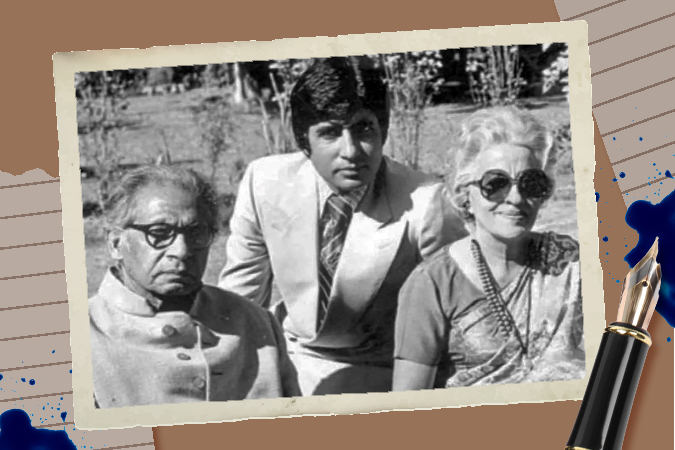
Born on November 27, 1907, in Allahabad, Uttar Pradesh, Bachchan came from a Kayastha family. His early years were marked by a deep interest in literature, fostered by his parents. At the age of 19, he married Shyama, who passed away young, leaving a lasting impact on his work.
Later, he married Teji Bachchan, with whom he had two sons, Amitabh and Ajitabh Bachchan. His son Amitabh, an iconic Bollywood actor, further carried forward his legacy. Harivansh Rai completed his education at Allahabad University and went on to teach there at the University’s English Department, while simultaneously pursuing his literary passion.
Famous Works of Harivansh Rai Bachchan
Harivansh Rai Bachchan authored several notable works, including Madhushala, Madhukalash, Madhubala, and Kya Bhooloon Kya Yaad Karoon. Madhushala, a collection of quatrains on the metaphorical “house of wine,” became a cultural phenomenon, exploring themes of life, love, and existentialism. His other works, such as Nisha Nimantran and Ekant Sangeet, further solidified his reputation as a master of Hindi poetry.
Awards & Recognition
Bachchan’s contributions to literature were recognised nationally and internationally. He received the Padma Bhushan in 1976, besides the Sahitya Akademi Award in 1968. His work remains influential, having inspired countless readers, poets, and writers.
A Timeline of His Life and Career
1907: Born in Allahabad, Uttar Pradesh.
1926: Married his first wife.
1935: Published Madhushala, gaining immense popularity.
1941: Married Teji Bachchan.
1955: Joined the Ministry of External Affairs, translating major works from English to Hindi.
1966: Nominated to the Rajya Sabha.
1969: Received the Sahitya Akademi Award.
1976: Awarded the Padma Bhushan for his contributions to Hindi literature.
2003: Passed away, leaving behind a legacy that continues to inspire.
Harivansh Rai Bachchan’s Must-Read Books
Madhushala is one of Bachchan’s most celebrated works, often considered a masterpiece in Hindi literature. Written in 1935, this poetic collection of quatrains uses the tavern (madhushala) as a metaphor for life. Through the recurring symbols of wine, a tavern, a bartender, and a drinker, Bachchan explores themes of existentialism, love, despair, and the journey of self-discovery. The verses are simple yet profound, drawing readers into philosophical reflections on human emotions, desires, and the transient nature of life. The work remains timeless and resonates with audiences even today.
Madhubala, following the success of Madhushala, continues Bachchan’s exploration of life and emotions through the metaphor of love and beauty. This collection of poems reflects themes of romance, nostalgia, and longing. Much like a muse, Madhubala embodies idealised beauty, and Bachchan’s verses capture the delicate emotions associated with admiration and yearning. Each poem paints a vivid picture, blending lyrical elegance with emotional depth, making this work an essential read for those who appreciate the tender and introspective sides of Bachchan’s poetry.
In Nisha Nimantran, Bachchan captures the allure and tranquility of solitude. This poetic work takes readers on an introspective journey, presenting night as a symbol of peace and an invitation to reflect on life and self. “Nisha” (night) becomes a quiet confidante, with verses exploring themes of loneliness, inner strength, and spiritual solace. Known for its lyrical beauty and profound simplicity, Nisha Nimantran is a work that delves into Bachchan’s philosophical and contemplative side, offering readers a comforting perspective on the oft-overlooked joys of solitude.
This is a collection that translates to “Seven Colors,” capturing Bachchan’s poetic explorations of varied themes and emotions. Each poem represents a different “color,” symbolising the spectrum of human experiences and emotions, from joy and love to sorrow and introspection. Through vivid imagery and lyrical language, Bachchan invites readers to journey through the diversity of life’s moments, expressing the beauty and complexity of existence. This collection is particularly admired for its versatility and Bachchan’s ability to capture contrasting moods and sentiments within each poem.
This work is an anthology of Bachchan’s popular songs and poems that became favorites among readers for their relatable themes and accessible language. This collection reflects his philosophical and emotional depth, with verses that explore human relationships, struggles, and resilience. By connecting with everyday experiences, Bachchan’s “lokpriya” (popular) songs showcase his ability to speak to the masses, drawing readers into reflections on their own lives through his relatable and melodious verses.
Jaal Samaeta (“Collected Nets”) is a collection that highlights Bachchan’s ability to intertwine life’s complexities with lyrical beauty. Here, the “net” symbolises the various entanglements of human life – emotions, relationships, ambitions, and disappointments. Through this collection, Bachchan conveys the struggles and joys of human existence, encapsulating the essence of life’s paradoxes. Each poem serves as a reflection on how one navigates the “net” of life, blending simplicity with profound observations that resonate with readers’ own experiences.
Do Chattanein (Two Rocks) is a powerful work that examines the tension and resilience within human relationships. The “two rocks” serve as a metaphor for the conflicts and reconciliations that arise in close bonds, symbolising strength, endurance, and at times, unyielding opposition. Through vivid language and emotional depth, Bachchan delves into themes of conflict, understanding, and the enduring nature of relationships. This work is lauded for its metaphorical richness and its ability to explore the complexities of human interactions in a nuanced way.
Milan Yamini explores themes of union and love, with “Milan” meaning meeting or union, and “Yamini” symbolising the night. This poetic work evokes the beauty of intimate connections and the significance of relationships in one’s life. Through evocative verses, Bachchan celebrates love as a force that brings peace and fulfillment, much like the tranquility of night. Known for its emotive and melodic quality, Milan Yamini is a testament to Bachchan’s romantic sensibilities and his skill in portraying love as both a personal and universal experience.
Harivansh Rai Bachchan’s journey through life and literature illustrates his resilience, passion, and ability to express universal human emotions. His work remains a beacon for lovers of Hindi literature and serves as an important part of India’s literary heritage.

